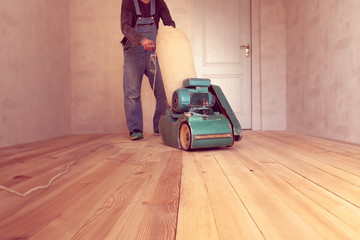A real estate broker is a person who is licensed to assist people with purchasing and selling properties. Several responsibilities come with being a real estate broker. The licensing requirements vary from state to state. Realtor is a customer-oriented professional who conducts real estate transactions for clients. They negotiate real estate deals, provide legal assistance, and educate clients on all aspects of the home-buying process.
 License requirements vary by state. If you want a real estate broker license, you’ll find that each state has its own set of requirements. In many cases, you will need to pass a test and complete additional coursework to qualify. Some states have reciprocity agreements that allow out-of-state brokers to operate in their state. However, you will need to meet the requirements of your home state before you can obtain reciprocity.
License requirements vary by state. If you want a real estate broker license, you’ll find that each state has its own set of requirements. In many cases, you will need to pass a test and complete additional coursework to qualify. Some states have reciprocity agreements that allow out-of-state brokers to operate in their state. However, you will need to meet the requirements of your home state before you can obtain reciprocity.
Most states have licensing applications available for viewing. You can also contact the state directly to determine the specific requirements for obtaining a license. To qualify for a license, you’ll need to be at least 18 years old, and you’ll need to live in the state you’re applying for. Many states require applicants to undergo a background check. The cost for the first year of certification is $170. Real estate brokers can renew their license every two to four years. License renewal usually involves continuing education classes. For the second biennium, the fee is $85.
Most states require applicants to take an examination. The examination is designed to assess your knowledge of real estate laws and practices. Often, the exam includes a national and state portion. Most states have reciprocity agreements that allow out-of-state agents to operate in their state. Some states offer reciprocity for salespeople and brokers. In a real estate transaction, brokers typically receive a commission from a buyer or seller. The commission is usually a percentage of the total value of the transaction. It is sometimes referred to as a “commission split.”
Some states require that all real estate professionals are licensed as brokers. Others have exemptions. As a real estate broker, you will oversee your company’s real estate transactions, including financing, marketing, and negotiating the sales contract. There are two main types of real estate brokers. These are agents and managing brokers. While the latter handles the day-to-day operations of an agency, the former supervises and hires new agents. Managing brokers oversee agents’ compliance with state laws and are responsible for licensing.
To become a real estate broker, you’ll need to take courses and pass an exam. In addition to this, you’ll need to maintain knowledge of local laws and market changes. You may enroll in a private real estate school or a college to earn your license. To work as a real estate broker, you will also need to build a strong network of clients. This includes identifying prospective buyers, drafting contracts, and preparing the necessary paperwork for a sale.
Working from home as a real estate broker can have many advantages. It can help you reduce your commute, save money on gas, and boost productivity. But you also have to be careful to maintain a work-life balance. The best way to do this is to develop a community of like-minded agents.
Finding a good brokerage that encourages and supports work-from-home can be tricky. A good place to start is with the mission statement of the company. An effective mission statement can help create a culture for the team. Try a few weeks of working from home to get a feel for the type of working environment that will fit you. This will give you an idea of how your daily routine and schedule will change.
You can take advantage of a shared workspace, which most brokerages offer. A workspace can be as simple as a laptop and wireless mouse. However, a more sophisticated setup can include speakers, ipads, and multiple monitors.
While most of the work you do will be done from the comfort of your own home, there will be times when you will need to step away from your computer and out into the world. When this happens, make sure you are ready to face the distractions. For example, it can be hard to concentrate on a deal when the kids are running around your house. Taking time to get out can help you stay focused.


 The best way to save money is to hire a professional. Professionals
The best way to save money is to hire a professional. Professionals